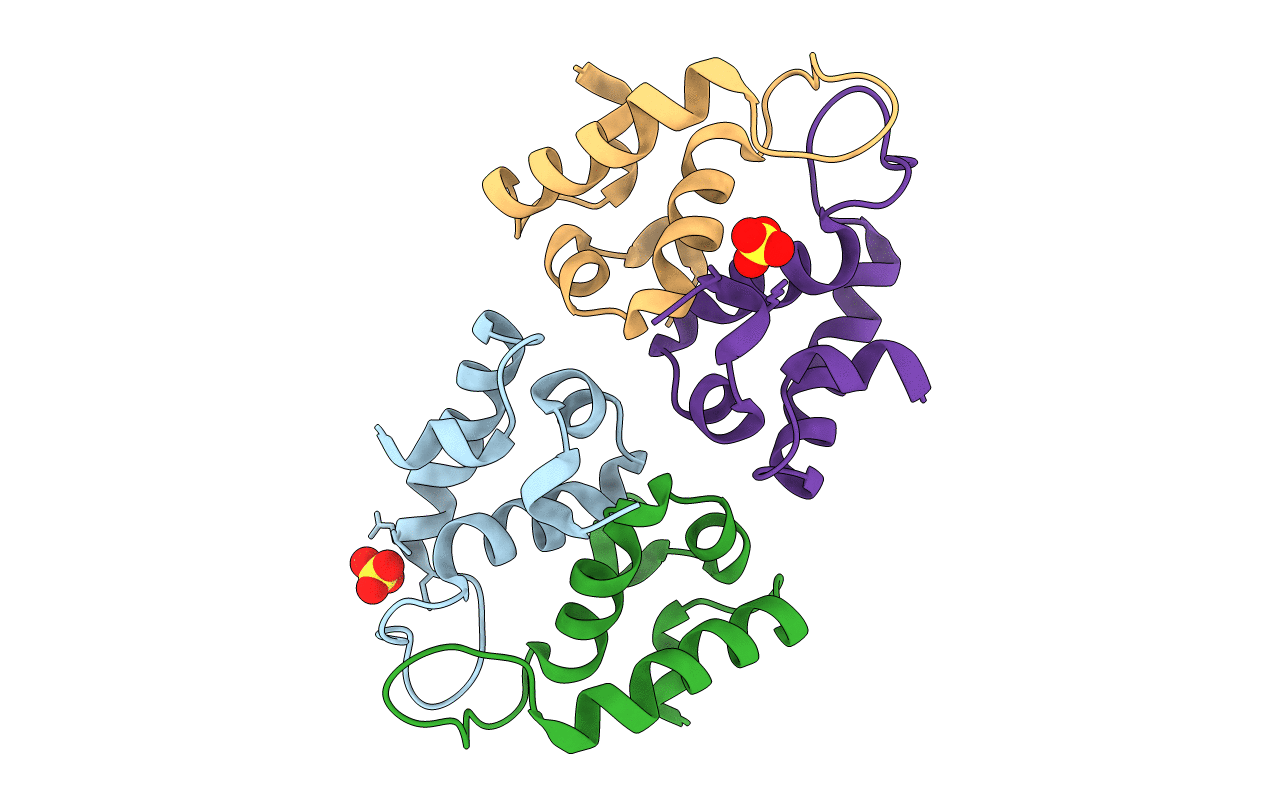
Deposition Date
2010-10-21
Release Date
2011-08-24
Last Version Date
2025-04-09
Method Details:
Experimental Method:
Resolution:
1.50 Å
R-Value Free:
0.19
R-Value Work:
0.18
R-Value Observed:
0.18
Space Group:
C 1 2 1


